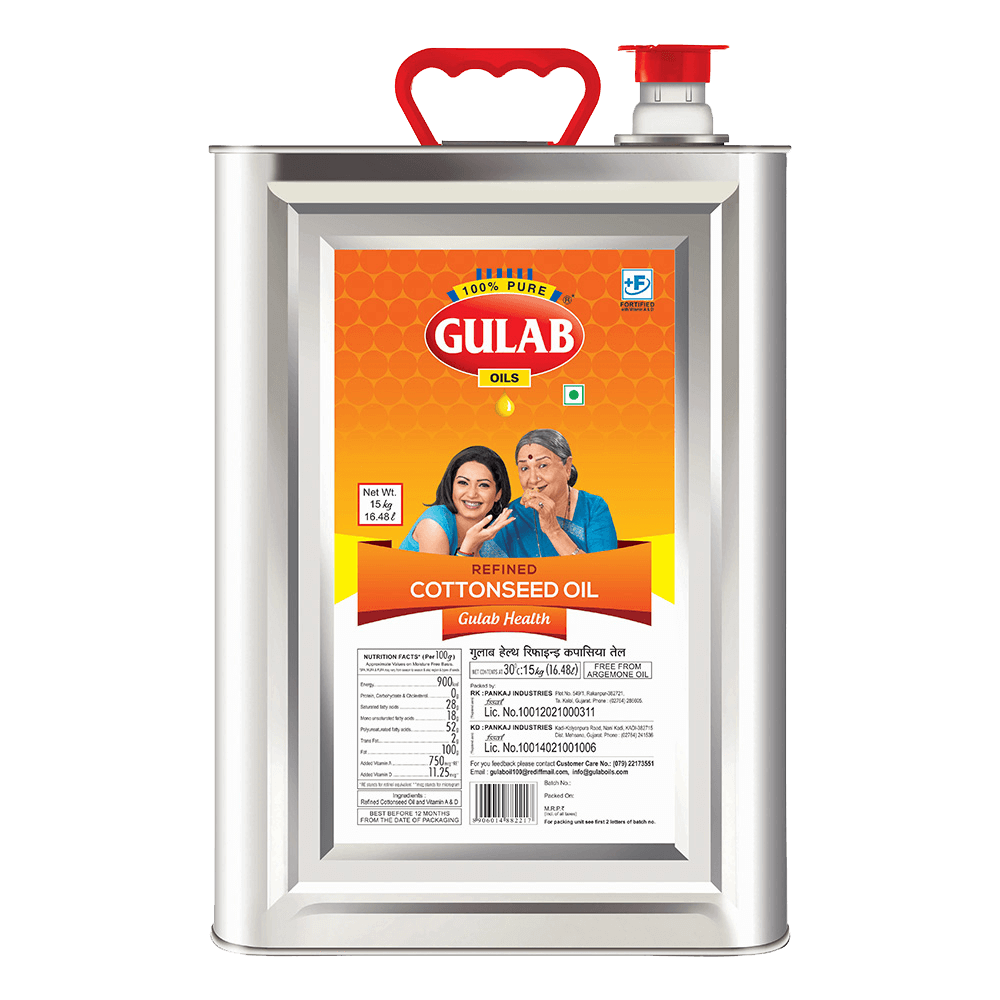Processed Petroleum Oils Mail | These highly refined oils are ideal for use as process oils in rubber, elastomer, plastic, adhesive. All refineries have atmospheric distillation units, while more complex refineries may have vacuum distillation units. Heavy fractions are on the bottom and light fractions are on the top. To make gasoline, refinery technicians carefully combine a variety of streams from the processing units. See full list on eia.gov
In simple terms, crude oils are classified by density (api gravity) and sulfur content. Processed petroleum oils mail : Oil that is produced from wells moves through a flow line, trunk line system to the production degassing plants. Petroleum refineries change crude oil into petroleum products for use as fuels for transportation, heating, paving roads, and generating electricity and as feedstocksfor making chemicals. The average processing gain at u.s.

See full list on eia.gov The finishing touches occur during the final treatment. All refineries have three basic steps: And unfinished oils that are produced by partially refining crude oil, such as naphthasand lighter oils, kerosene and light gas oils, heavy gas oils, and residuum. Jun 13, 2021 · petroleum, or crude oil, is a fossil fuel and nonrenewable source of energy. See full list on eia.gov To make gasoline, refinery technicians carefully combine a variety of streams from the processing units. All refineries have atmospheric distillation units, while more complex refineries may have vacuum distillation units. Mar 10, 2021 · processed petroleum oils mail : Heavier liquids, called gas oils, separate lower down in the distillation tower, while the heaviest fractions with the highest boiling points settle at the bottom of the tower. See full list on eia.gov Petroleum refineries are complexand expensive industrial facilities. The first process is known as distillation.
15 petroleum refinery engineering mr. Heavier liquids, called gas oils, separate lower down in the distillation tower, while the heaviest fractions with the highest boiling points settle at the bottom of the tower. In simple terms, crude oils are classified by density (api gravity) and sulfur content. The lightest fractions, including gasoline and liquefied refinery gases, vaporize and rise to the top of the distillation tower, where they condense back to liquids. Cracking is not the only form of crude oil conversion.
A schematic of the distillation column is shown in figure 2.2. Averickmedia specializes in providing best oil and gas refining marketing lists to manage prospecting or marketing in diverse ways from email communication to direct mailing to telemarketing. This is where fractions from the distillation units are transformed into streams(intermediate components) that eventually become finished products. Who are the leading manufacturers of process oils? Refining breaks crude oil down into its various components, which are then selectively reconfigured into new products. Refineries and blending facilities combine various gasoline blending components and fuel ethanol to produce the finished motor gasoline that is sold for use in the united states. The average processing gain at u.s. To make gasoline, refinery technicians carefully combine a variety of streams from the processing units. Processed petroleum oils mail / crude oil price, jan. The finishing touches occur during the final treatment. All refineries have atmospheric distillation units, while more complex refineries may have vacuum distillation units. And unfinished oils that are produced by partially refining crude oil, such as naphthasand lighter oils, kerosene and light gas oils, heavy gas oils, and residuum. Pipelines, trains, and trucks carry the final products from the storage tanks to other locations across the country.
Liquefied gases from the refinery itself; Some crude oils also have a high sulfur content, which is an undesirable characteristic in both processing and product quality. Jun 13, 2021 · petroleum, or crude oil, is a fossil fuel and nonrenewable source of energy. All refineries have three basic steps: Heavy fractions are on the bottom and light fractions are on the top.

And unfinished oils that are produced by partially refining crude oil, such as naphthasand lighter oils, kerosene and light gas oils, heavy gas oils, and residuum. Petroleum refineries change crude oil into petroleum products for use as fuels for transportation, heating, paving roads, and generating electricity and as feedstocksfor making chemicals. All refineries have atmospheric distillation units, while more complex refineries may have vacuum distillation units. Liquefied gases from the refinery itself; The resulting liquids and vapors are discharged into distillation units. Modern separation involves piping crude oil through hot furnaces. Refining breaks crude oil down into its various components, which are then selectively reconfigured into new products. Pipelines, trains, and trucks carry the final products from the storage tanks to other locations across the country. This increase in volume is called processing gain. The average processing gain at u.s. Petroleum refining, conversion of crude oil into useful products, including fuel oils, gasoline (petrol), asphalt, and kerosene. See full list on eia.gov Octane level, vapor pressure ratings, and other special considerations determine the gasoline blend.
Processed Petroleum Oils Mail: And unfinished oils that are produced by partially refining crude oil, such as naphthasand lighter oils, kerosene and light gas oils, heavy gas oils, and residuum.